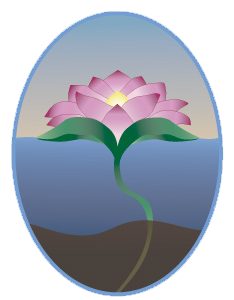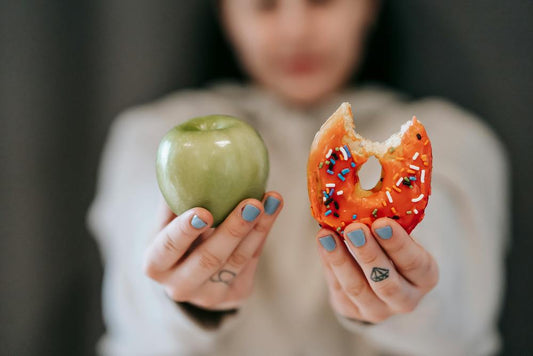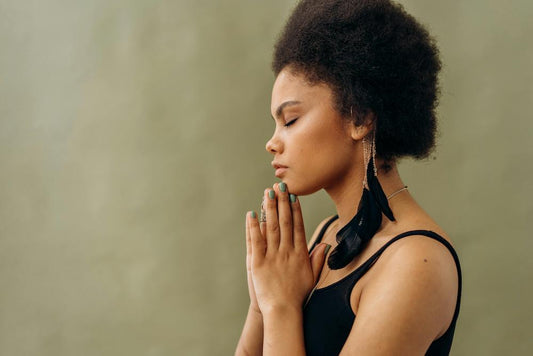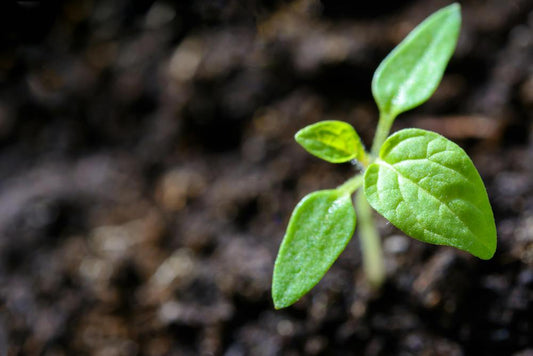Ayurveda holds the belief that the human body has the natural ability to heal itself. The body detoxifies each night, and in order to prevent these toxins from reabsorbing into the system, one can follow a few simple practices first thing in the morning. These daily cleansing practices, or dinacharya, include drinking warm lemon water, evacuating the bowels, washing the hands, feet, and face, cleaning the mouth by scraping the tongue and brushing the teeth, cleaning the nasal passages with warm salt water (from a netti pot), and massaging the body with oil. The massage can be followed by a warm bath or shower to increase absorption through the skin.
Oil Massage
Oil massage is one of the most important tools in the practice of Ayurveda. It has been used therapeutically for thousands of years in panchakarma, a traditional healing retreat that restores the natural state of balance to the body, mind and spirit. In fact, Ayurveda states that every human needs massage. A daily oil massage can increase blood circulation releasing areas of tension or pain and can improve immune function by moving the lymphatic fluids that carry wastes from the body. The oil lubricates the skin and acts as a blanket for the nervous system, calming the mind and reducing the effects of stress. Our skin, the largest organ of the body, actually absorbs and digests everything that is applied to it, so the oil is also nourishing the tissues. For this reason Ayurveda recommends that you never put anything on your skin that you would not put in your mouth. So the choice of oil is an important decision, because it is food
Any oil that is organic and cold-pressed is suitable for the body, but sesame oil is usually recommended, because it also has antiseptic properties. If you use sesame oil to massage the skin, you are cleansing the skin so you do not have to use soap (except on hairy parts of the body). This helps to maintain the natural oils keeping the skin soft and glowing, and it provides a natural immunity against virus and bacteria. Sesame oil is slightly warming, so coconut or sunflower oil can be used if the skin becomes itchy or irritated. Keeping the oil in a small bottle makes it easy to heat the oil in warm water before applying it. This quality of heat is important in the oil as well as the space in which you are doing the self-massage. If you are cold, the muscles will contract causing constriction of the blood and lymph vessels. Warmth is essential to relaxation and detoxification.
Abhyanga is the style of massage recommended for dinacharya. Before you begin, have your warm oil ready, sit in a comfortable place, and spend a few moments in stillness.Take a few long, deep breaths and notice any sensations that are present in your body. If you notice any discomfort in your back or neck remember to spend a little extra time massaging that area.
Begin applying oil to the abdomen in clockwise circles, this aids in elimination of the bowels and is soothing and grounding. Massage each joint with circular motions including the joints of each finger and toe. The largest concentration of nerves are in the joints, so this helps to calm the nervous system. Use long up and down strokes on the legs, arms, and torso to move the lymph. Spend some time massaging the head, hands, and feet in any manner that feels good to you. These areas have many marma points, or points of consciousness, which can help to energize the body and mind when stimulated. The whole massage could take 5 minutes or 50 minutes depending on your schedule. Then follow with a warm bath or shower and start your day with a greater connection to Source and Self.
This connection is Ayurveda.




